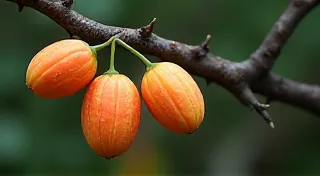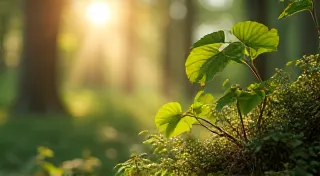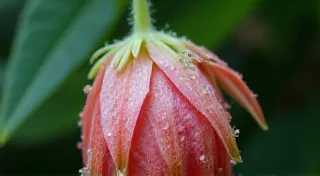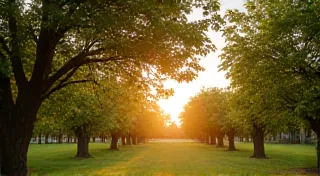The Orchard’s Breath: Companion Planting for Enhanced Growth & Flavor
There's a particular resonance to old orchards. A sense of timelessness, of whispered secrets carried on the breeze. It's more than just the fruit hanging heavy on the branches; it's the feeling of generations tending to the same land, coaxing abundance from the soil. It reminds me, strangely, of antique accordions. These instruments, too, hold the echoes of past musicians, their bellows exhaling melodies born of longing and celebration. Just as an accordion's intricate mechanics depend on perfectly balanced parts, so too does a thriving orchard rely on a delicate interplay of elements, a silent conversation between plants.
For years, I viewed fruit trees as solitary entities, majestic in their own right but essentially self-sufficient. Then I started to observe. I noticed how the wild chamomile that sprung up around my apple trees seemed to attract beneficial insects. How the sunflowers, seemingly out of place, drew pollinators with their radiant faces. That’s when I realized that an orchard isn’t just about the fruit trees; it’s about creating a mini-ecosystem, a tapestry of life working in harmony.
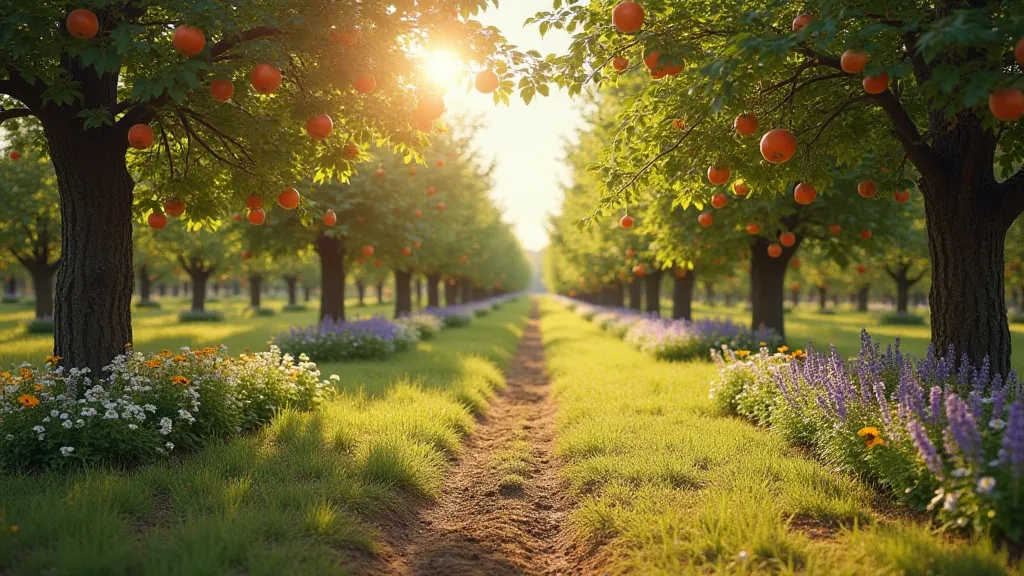
The Historical Roots of Companion Planting
The concept of companion planting isn’t some modern invention. Indigenous cultures have understood the interconnectedness of plants for millennia, using them to improve yields and protect crops. The Three Sisters method – corn, beans, and squash – is a prime example of this symbiotic relationship, with each plant supporting the others. Similarly, medieval monks meticulously documented plant interactions in their monastery gardens, seeking to enhance the flavor and health of their produce. Many folk remedies and traditional agricultural practices relied on the knowledge passed down through generations – a wisdom often lost in the age of industrial farming.
Understanding the Mechanisms: More Than Just Aesthetics
The beauty of a diverse orchard isn’t just visual; it's functional. Companion planting works on several fronts. Firstly, it attracts beneficial insects. Lavender, borage, and yarrow draw pollinators like bees and hoverflies, vital for fruit set. These insects are often generalist feeders and also prey on aphids and other damaging pests, providing natural pest control. Secondly, certain plants can deter pests through scent or physical barriers. Marigolds, for instance, are known to repel nematodes, tiny worms that can attack fruit tree roots. Strong-scented herbs like rosemary and sage can confuse codling moths, a major apple pest.
Thirdly, companion plants can improve soil health. Leguminous plants like clover and beans fix nitrogen from the atmosphere, enriching the soil and reducing the need for synthetic fertilizers. Deep-rooted plants can break up compacted soil, improving drainage and aeration. And plants with different nutrient requirements prevent the depletion of specific minerals, promoting overall soil fertility. Finally, some plants simply offer shade or support, reducing stress on young or delicate fruit trees.
Specific Companions for Different Fruit Trees
While there are general guidelines, the best companions will depend on the specific fruit tree you’re growing. Here’s a breakdown of some effective pairings:
- Apple Trees: Chamomile attracts beneficial insects; nasturtiums deter appleworms; clover fixes nitrogen; garlic repels codling moths.
- Pear Trees: Borage attracts pollinators; yarrow is a general pest deterrent; comfrey is a “dynamic accumulator,” drawing nutrients from deep in the soil and making them available to the tree.
- Peach Trees: Calendula attracts beneficial insects; thyme repels peach tree borers; lemon balm is thought to improve flavor.
- Cherry Trees: Dill attracts beneficial insects; tansy repels aphids and plum curculion; oregano improves soil health.
- Plum Trees: Chives deter aphids; sage attracts pollinators; sweet alyssum is a good ground cover that attracts hoverflies.
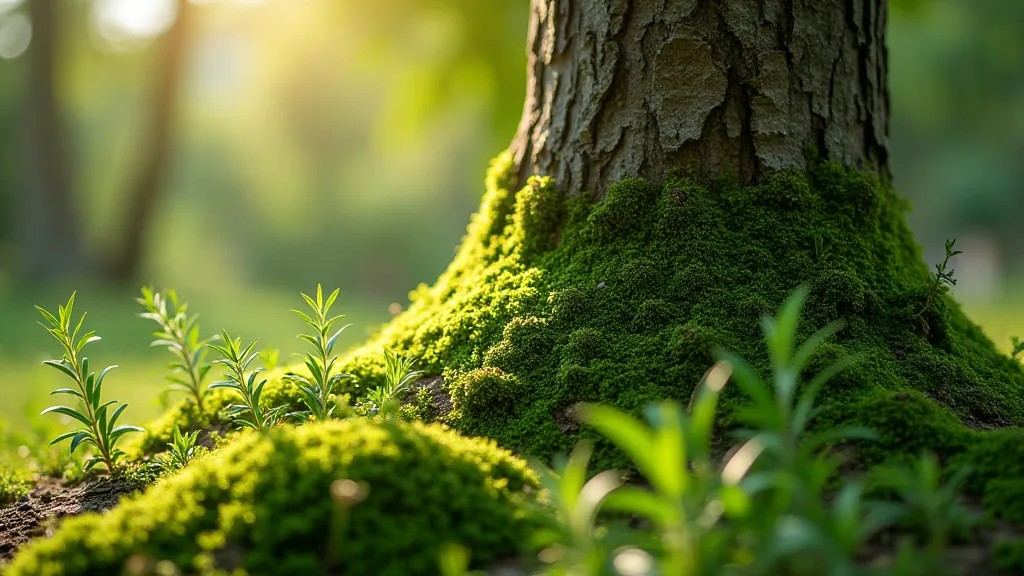
Beyond the Obvious: Unexpected Benefits
The beauty of companion planting extends beyond the textbook examples. I's often found that simply allowing a diverse range of plants to flourish around my orchard leads to unexpected benefits. A patch of wild strawberry, seemingly insignificant, can provide ground cover, suppress weeds, and provide habitat for beneficial creatures. A scattering of wildflowers adds beauty and attracts a wider range of pollinators and predators. There’s an element of experimentation involved; observing your orchard and noting which plants seem to thrive together and provide the most benefit is key.
The Accordion’s Parallel: A Delicate Balance
Returning to the image of the antique accordion, I'm struck by the parallels. Like a meticulously restored accordion, a thriving orchard requires careful attention to detail and a deep understanding of the interplay of different components. Just as a skilled restorer must repair and replace damaged parts, the orchard keeper must nurture the soil, manage pests, and ensure the well-being of the entire ecosystem. Both endeavors require patience, dedication, and a profound respect for the beauty of craftsmanship and the natural world.
Integrating Companion Plants: Practical Steps
Getting started with companion planting doesn't have to be overwhelming. Start small. Choose a few plants that complement your fruit trees and observe their effects. Incorporate them into your existing planting scheme, allowing them to grow naturally. Avoid using chemical pesticides or fertilizers, as these can disrupt the delicate balance of the ecosystem. Consider planting a “guild” – a deliberate combination of plants designed to support each other – for a more comprehensive approach. Observe, learn, and adapt – the orchard's breath is a constant reminder of the interconnectedness of all things.
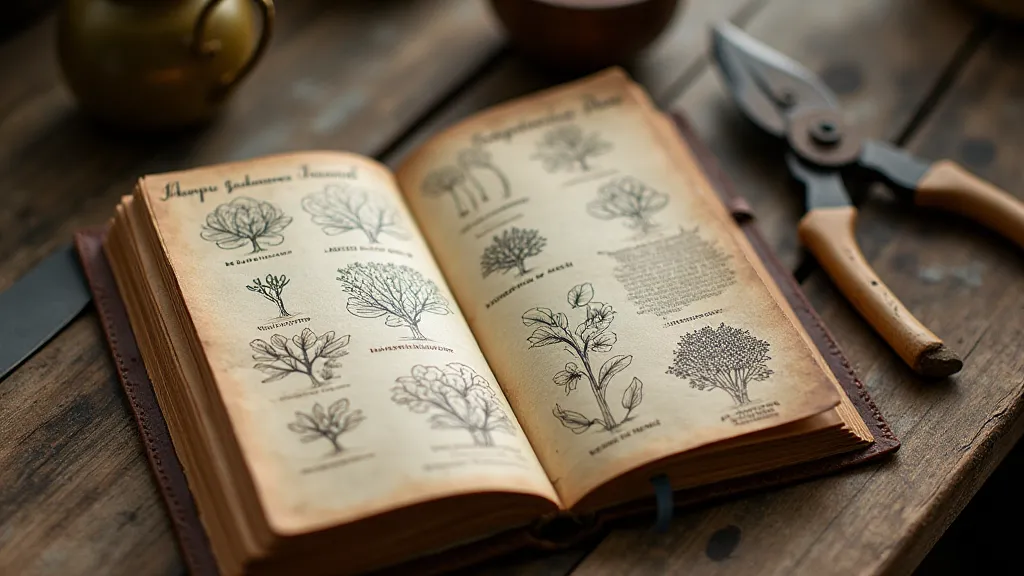
Creating an orchard isn’s just about growing fruit; it’s about cultivating a living, breathing ecosystem. It’s about connecting with the land, honoring the past, and nurturing a legacy of abundance. And like the melancholic beauty of an antique accordion, a thriving orchard offers a profound sense of connection to something larger than ourselves.
